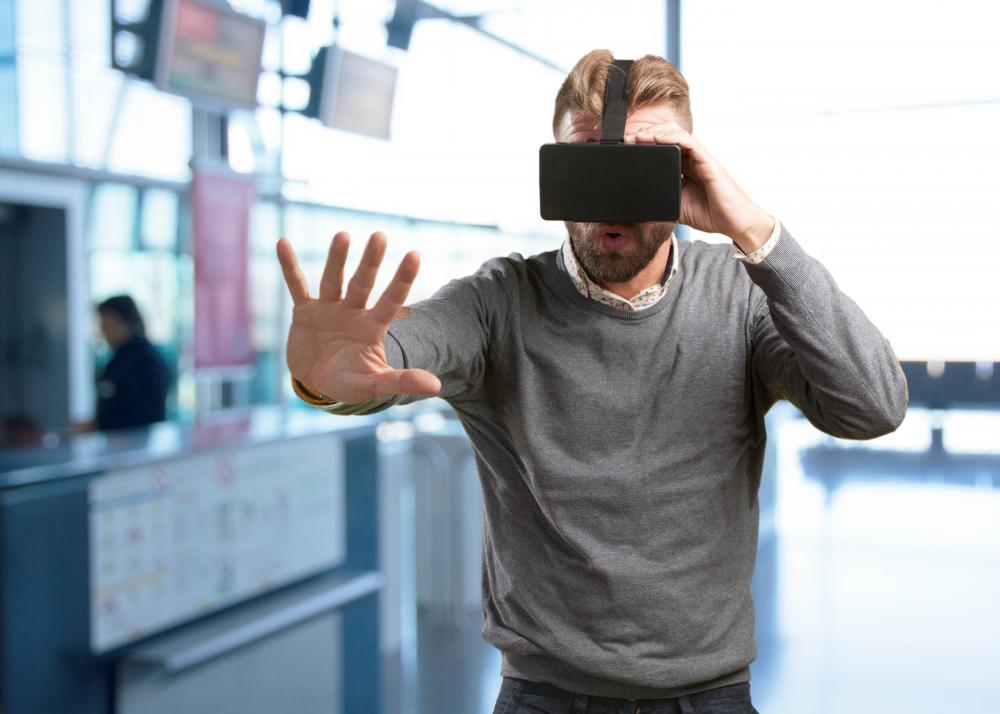The rise of augmented reality (AR) has revolutionized various sectors, and healthcare is one of the areas witnessing significant transformation. As patients and medical professionals alike seek more effective, accessible, and personalized treatments, AR has emerged as a groundbreaking solution, especially within physical therapy. Through AR-based tools, therapists can offer real-time, guided exercises that provide immediate feedback, helping patients recover faster and more accurately. This blend of technology and healthcare paves the way for safer, more engaging rehabilitation experiences.
This AR in healthcare trend is also reshaping how physical therapy is delivered outside traditional clinics. With the ability to integrate movement guidance and detailed visual feedback, patients can practice their exercises at home under virtual supervision, reducing the need for frequent clinic visits. The combination of AR technology and physical therapy opens up numerous possibilities, offering new avenues for injury rehabilitation, post-surgical care, and chronic condition management.
Benefits of AR in Physical Therapy
- Enhanced Accessibility: AR allows patients to receive physical therapy guidance at home, eliminating the need for constant clinic visits and making therapy more accessible to those with mobility challenges or limited transportation.
- Real-Time Feedback: With AR tools, patients receive immediate corrections on posture and movements, ensuring that exercises are performed correctly and efficiently, reducing the risk of re-injury.
- Personalized Treatment Plans: AR enables the customization of therapy routines based on individual needs, helping patients progress at their own pace and track their improvement in real-time.
How AR Improves Patient Engagement
- Interactive Exercises: The interactive elements of AR make therapy more engaging, motivating patients to follow through with their rehabilitation exercises.
- Gamified Experience: Some AR-based therapy programs incorporate gamified elements, encouraging patients to complete their exercises by creating challenges and rewards, enhancing motivation and consistency.
- Immersive Feedback Loops: Patients receive detailed, visual feedback on their performance, which is more informative than verbal instructions alone, helping them understand and improve their movements.
Examples of AR Applications in Physical Therapy
- Guided Rehabilitation for Injury Recovery: AR tools can guide patients through exercises specifically designed for injury recovery, with step-by-step instructions and posture corrections.
- Post-Surgical Therapy Support: AR helps those recovering from surgeries by providing tailored exercises to regain strength and mobility without overexerting themselves.
- Chronic Condition Management: For chronic conditions such as arthritis, AR offers low-impact exercises that patients can perform at home, ensuring they adhere to a consistent routine for long-term benefit.
Challenges and Future Directions
- Cost and Accessibility: While AR offers promising benefits, high costs and access limitations remain a barrier for widespread adoption. Addressing these challenges will be key for broader implementation.
- Data Privacy Concerns: As AR applications collect data on patient movements, maintaining strict data security is essential to protect patient privacy.
- Further Research: Ongoing research is needed to understand the long-term impact of AR-guided therapy and ensure its safety and effectiveness.
Conclusion
The integration of AR in healthcare, particularly in physical therapy, marks a significant leap forward, offering real-time, precise guidance that empowers patients in their rehabilitation journeys. As technology advances and becomes more accessible, the potential for AR to revolutionize physical therapy continues to grow. Through personalized guidance, interactive feedback, and enhanced accessibility, AR has the power to make rehabilitation more efficient, effective, and engaging for patients worldwide.



